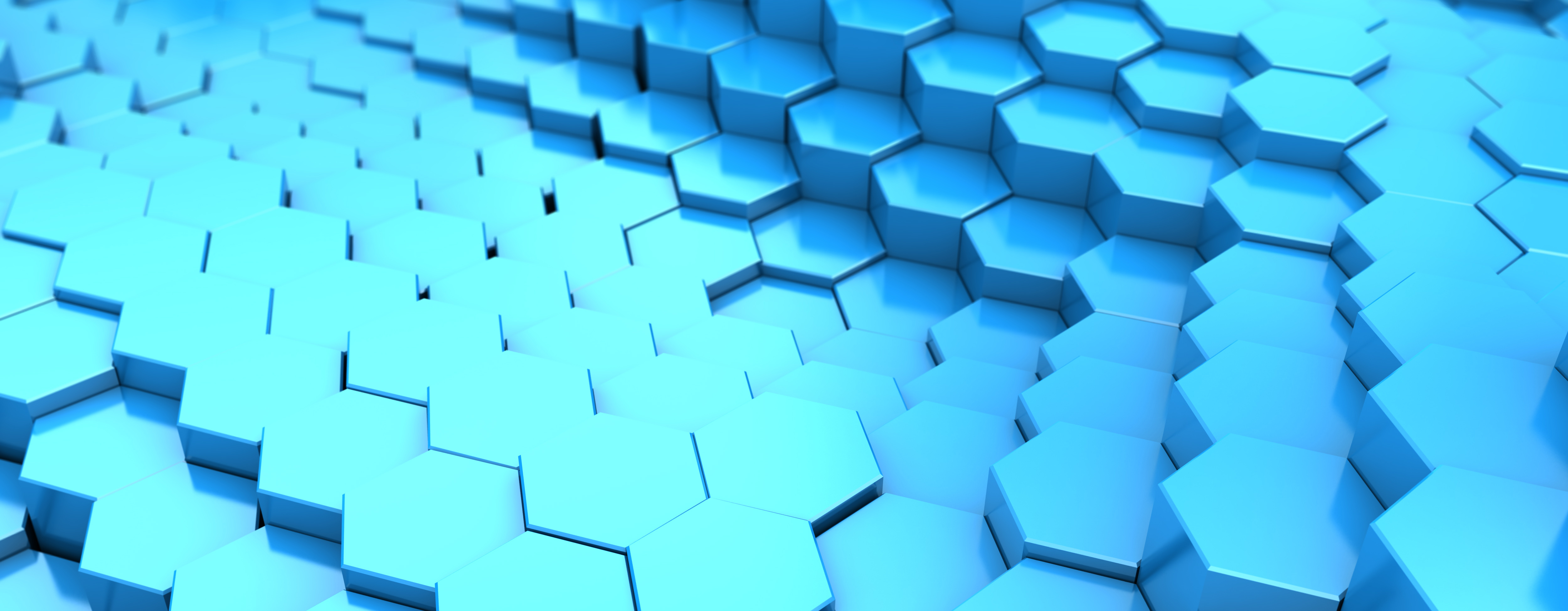To produce and optimize these materials, the group applies a range of synthesis techniques including self-propagating high-temperature-, hydrothermal-, sol-gel- and template assisted solid state syntheses, via systematic routes.
The materials and their performance in the respective applications, as well as their interactions with other materials are then characterized by various methods including X-ray powder diffractometry, X-ray fluorescent, reflected light and atomic force microscopy, thermogravimetric analysis, infrared- , ultraviolet-visual light- and atomic absorption spectrometry, BET surface area and porosity, particle size analysis, contact angle goniometry as well as electrochemical methods such as voltammetry, impedance spectroscopy and electrochemical mass spectrometry.
In addition to the group’s own equipment and expertise, a close collaboration is taking place with other groups at the university working with aqueous and solid state nuclear magnetic resonance spectroscopy, surface physics methods like X-ray photoelectron- , Auger electron- and Raman spectroscopy, as well as advanced electron microscopy.
Contact information:
Associate Professor, Shuang Ma Andersen
